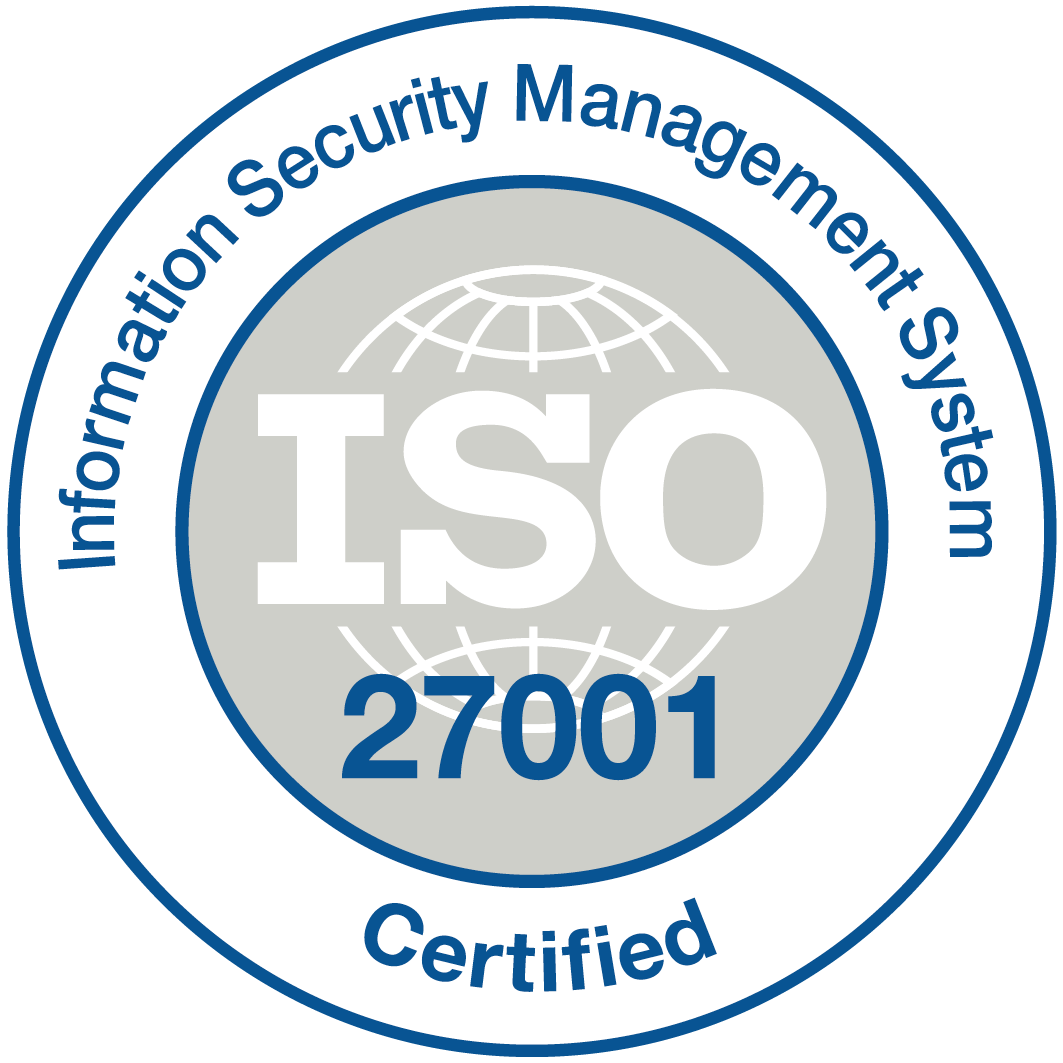
Top 8 Proven Application Modernization Strategies to Future-Proof Your Business
Reading Time: 10 minutesBy 2026, 80% of enterprise applications will be embedded with task-specific AI agents powered by true agentic AI capabilities. That’s not science fiction—it’s the future knocking at your door. But here’s the question: will your current systems be ready for it, or will they hold you back? Application modernization strategies are no longer a “nice-to-have.” They’re

10 Legacy Modernization Examples: Lessons from Successful Transformations
Reading Time: 7 minutesSeeking legacy modernization examples that can teach you how to transform? If you’ve ever wondered how businesses successfully move away from outdated systems, now is the time to find out. Clinging to legacy technology not only slows down operations but also consumes massive resources—55% of IT budgets are reportedly spent just “keeping the lights on.”

Legacy Application Meaning: Insights to Drive Growth and Agility 2026
Reading Time: 7 minutesGlobal investments in public cloud services keep accelerating. By 2027, end-user spending is expected to surpass $1 trillion by 2027. Yet, more than 60% of enterprises still rely on outdated legacy applications to run critical operations. These systems may ‘work,’ but they slow innovation, limit agility, and drive up costs.” It’s no surprise that many

A Guidebook for Legacy Application Modernization Success in 2026
Reading Time: 15 minutesGartner, VP Analyst, said, “For many organizations, legacy systems are seen as holding back the business initiatives and processes that rely on them.” Systems that once worked wonderfully are now not scalable, lack documentation, and do not support integration or data migration. The solution in this situation is application modernization. Legacy application modernization has become

What is Finance Workflow Automation?Unlock Sustainable Growth with 10 Examples
Reading Time: 12 minutesFinance isn’t just keeping the books anymore — it’s racing against time. PwC’s Finance Effectiveness Benchmarking Report is proof, top-performing finance teams spend 20% less time on transactional tasks and 40% more time on strategic work. And all they say is “thanks to finance workflow automation”. Quarter after quarter, the business world is moving faster.

Workflow vs Process:5 Powerful Differences You Must Know
Reading Time: 10 minutesIn the fast-paced world of work, efficiency and organization reign supreme. We constantly strive to optimize our efforts, achieve goals faster, and navigate intricate systems. This journey often leads us to two frequently used yet subtly different terms: Workflow vs Process. While often used interchangeably, understanding their distinct roles is crucial for maximizing productivity and navigating

The Executive Guide for HR Workflow Automation Success
Reading Time: 12 minutesWhat if we told you that over 80% of HR leaders are rethinking the way business performance is managed in their organizations? According to Gartner, a transformation is already underway.” Let’s be honest, managing HR the old-school way is exhausting. Resumes piling up. Interview loops that never seem to end. Onboarding process feels like a

Digital Transformation in Utilities 2026: Digital Shifts, Industry Challenges & Innovation Paths
Reading Time: 8 minutesWhat happens when outdated infrastructure meets modern expectations? You can expect blackouts, higher costs, slower service, and unhappy customers. Currently, utilities are navigating a maze of challenges, including the rise in demand, strict environmental mandates and policies, and never-ending customer expectations for real-time service. It is all too tough to handle. Traditional systems and manual processes

Top 10 Essential Components of Digital Transformation: The Building Blocks
Reading Time: 7 minutesThe collaboration of digital technology with every aspect of the business is called digital transformation. This digital transformation shows how drastically it changes its dimension to run and provides value to all of its clients. When an organization or any business questions the current scenario of their entire system, it automatically creates a space for

Digital Transformation ROI: A Step-by-Step Guide for Measuring Success
Reading Time: 7 minutesIs your digital transformation delivering measurable business value, or just increasing complexity? In the race to go digital, many organizations launch digital initiatives without a clear understanding of the Digital Transformation ROI. The result? Expensive projects with vague outcomes. Without a clarity on Return on Investment, it’s easy to miss out on critical gains in













